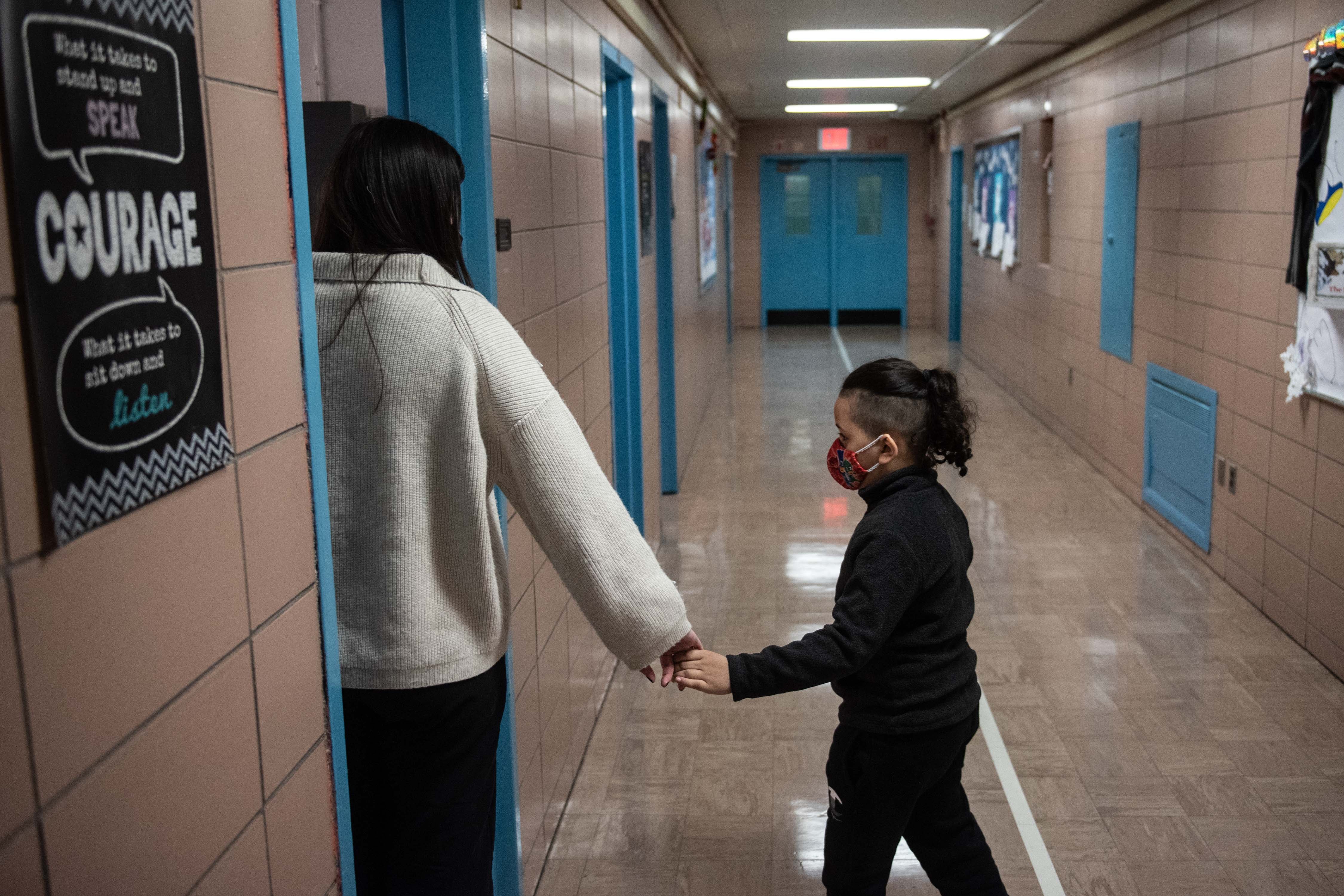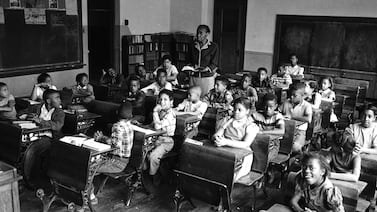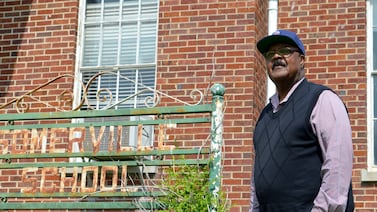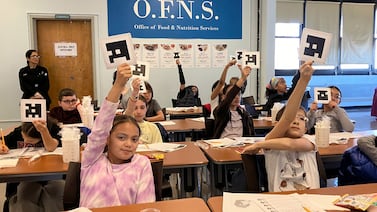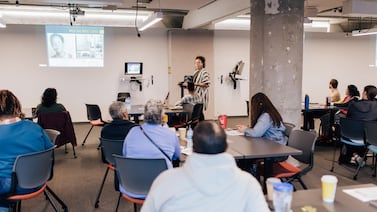With New York City moving into a higher risk category for the spread of COVID, the city’s health department is “strongly” encouraging masking in indoor public places, including schools. But classrooms remain mask-optional, school officials confirmed Monday.
New York City Health Commissioner Ashwin Vasan announced the city is now in the yellow zone, or a “medium” risk category, under a color-coded system introduced by Mayor Eric Adams’ administration in March. The announcement noted that New York City has surpassed a rate of 200 COVID cases per 100,000 people over seven days.
“What this means for New Yorkers is that they must exercise even greater caution than they have the last few weeks,” Vasan said in a statement. People at high risk for complications from COVID should “consider additional precautions such as avoiding crowded indoor gatherings,” he said.
According to previously issued health department guidance, once the city reaches the medium-risk COVID level, officials may consider reinstating mask mandates in “high-risk settings where it is crowded and distance cannot be maintained,” which includes schools.
A spokesperson for the health department did not immediately respond about whether Vasan would recommend bringing back universal masking in classrooms.
The school mask mandate was lifted for most students on March 7, but it has remained in place for children in preschools and daycares. Children under 5 remain ineligible for vaccinations against COVID, though they might be able to get their jabs beginning in June.
Last week there were more than 4,700 cases of COVID reported among students and staff, according to public data collected by the advocacy group PRESS, or Parents for Responsive Equitable Safe Schools. That total might include a backlog of cases that weren’t reported while schools were closed for spring break.
The city recently began sending students four at-home COVID tests to use each week, two for the students to use five days apart and two for another household member. Previously, students only received two tests, and only after being in close contact with someone who has tested positive for the virus. School staffers get two tests each week.
“The coming weeks will be critical to slowing the spread of COVID-19 and getting back to a low-risk level so we can more safely enjoy our spring,” Vasan said in a statement.
Christina Veiga is a reporter covering New York City schools with a focus on school diversity and preschool. Contact Christina at cveiga@chalkbeat.org.


